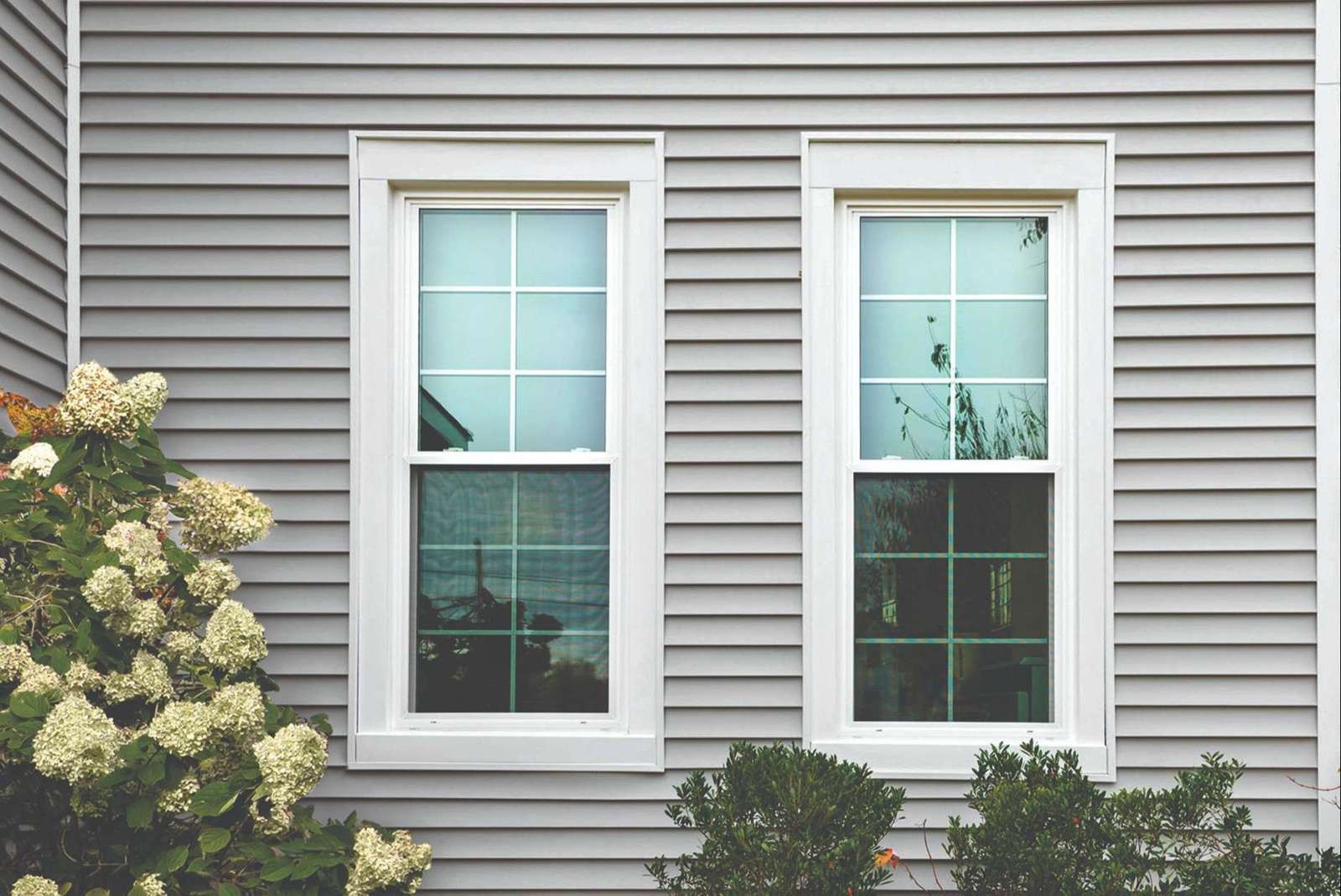


Expert Overview
- Double-hung windows can open from either the top or the bottom (unlike single-hung, which only open from the bottom).
- Parents of small children appreciate having the ability to open the upper sash for ventilation while leaving the lower sash closed.
- On today’s models of double-hung windows, both sashes tilt inward, making it possible to clean both sides of the window from inside the house.
The double-hung window is a lovely, classic form of window that can make a beautiful addition to nearly any home. Understanding the advantages and benefits of double-hung windows can help you decide whether this window type is right for your home.
What does “double-hung” mean?
Simply put, double-hung means you can open from the top or the bottom—versus “single-hung,” which only opens from the bottom.
Double-hung windows are simple, traditional rectangular windows with two sashes, one upper and one lower. Sometimes the glass in each sash is made up of one pane, other times the glass may be divided into many panes, separated by dividers known as "muntins," or more commonly referred to as “grids.”
With a double-hung window, both sashes are able to move up and down. This means that homeowners seeking extra ventilation have a variety of options, and either half of the window can be opened if desired. Parents of small children appreciate having the ability to open the upper sash for ventilation while leaving the lower sash closed.
Double-hung windows are designed for convenience. On the modern types of double-hung windows, both sashes can tilt inward for cleaning purposes.
The casing on a double-hung window is typically thicker than a single-hung window, because both sashes must exist on their own track in order to move up and down independently. Despite this difference, single- and double-hung windows look very much the same and to the untrained eye may not be distinguishable from one another.
How do double-hung windows work?
To move the upper sash on a double-hung window, simply pull down on the sash by applying downward pressure to the muntins or rails. To raise the lower sash, push up on the rails from beneath.
New forms of double-hung windows also include latches that make it possible to lean the windows out from their tracks. Doing this enables the homeowner to clean the windows from the inside of the house, without ever stepping foot outside.
Pros and cons of double-hung windows
Pros:
- Easy to use. Opening and closing the windows is simple, making it easy to let in fresh air, let out strong odors, and control the temperature in the house.
- Easy to maintain. Many homeowners pull down the upper sash for easy reaching when it's time to clean the glass. Having the ability to tilt the sashes inward makes it easy to clean the window exteriors as well.
- Safer. Cleaning double-hung windows can be far safer because they enable homeowners to stay inside while cleaning the window glass.
- Adds more value to the home. Double-hung windows are more desirable than some other types of windows because of their functionality, and can deliver a greater return on investment in terms of added home value.
Cons:
- Expense. While they come with added value, double-hung windows do tend to have a higher up-front cost than some other types, particularly single-hung windows.
- Ventilation is limited. Ventilation in double-hung windows is naturally limited by the fact that at least half of the window will always be covered by the sashes.
- Not always airtight. Because double-hung windows are on separate tracks from one another, they're naturally separated and not as air tight as some other types of windows.

